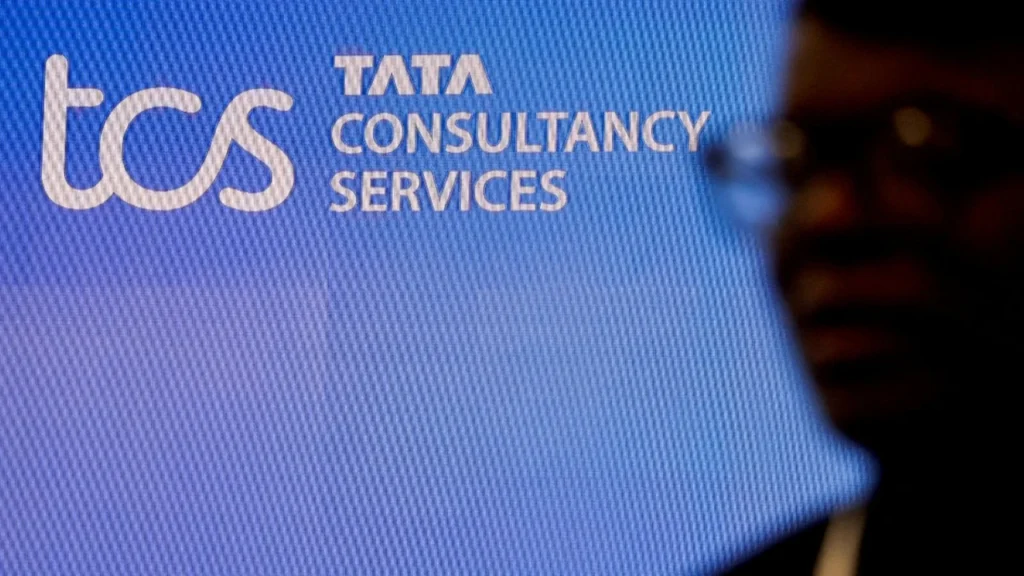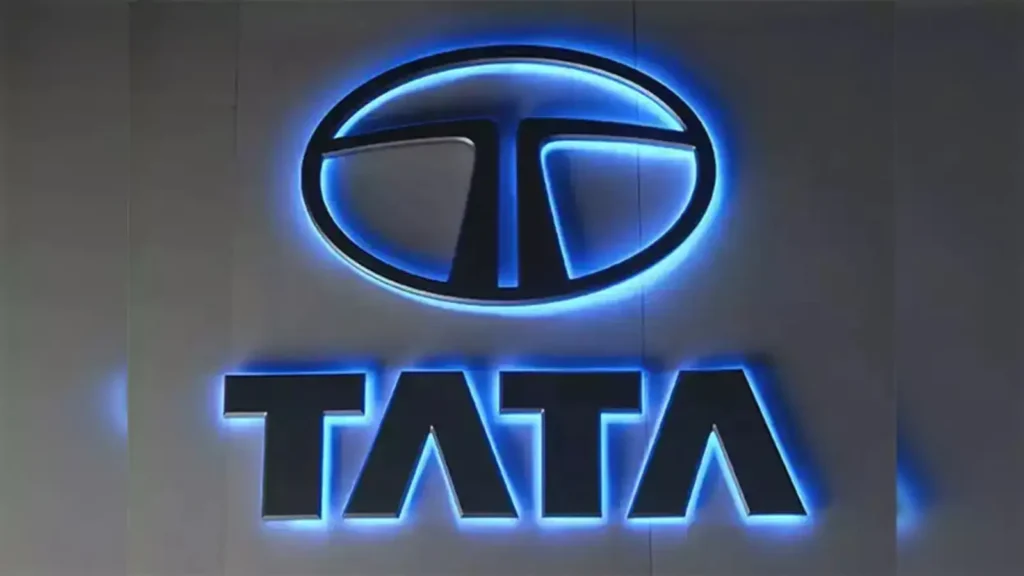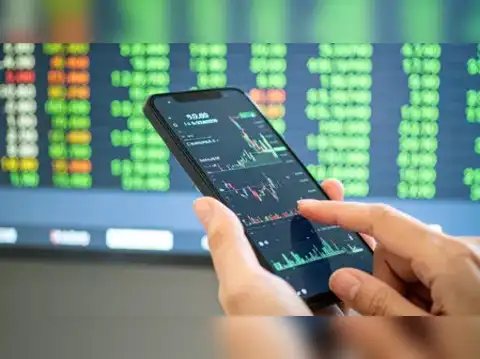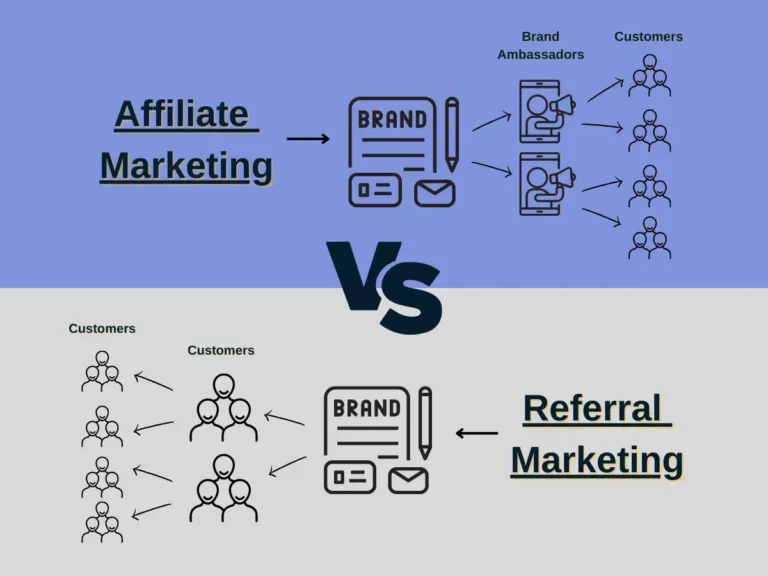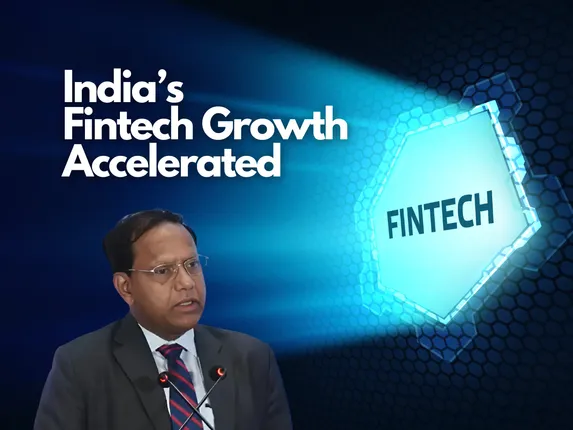Now Reading: India’s MSME Credit Demand at 2-Year High: What’s Fueling This Surge?
-
01
India’s MSME Credit Demand at 2-Year High: What’s Fueling This Surge?
India’s MSME Credit Demand at 2-Year High: What’s Fueling This Surge?
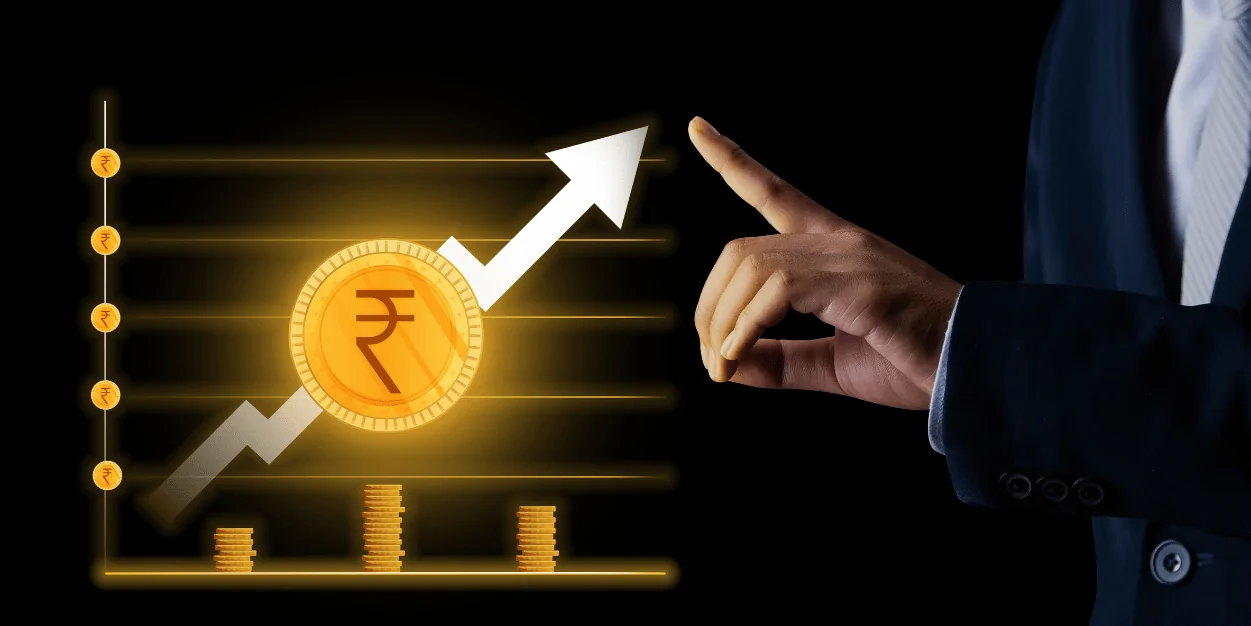
India’s micro, small, and medium enterprises (MSMEs) are witnessing a sharp rise in credit demand, reaching a two-year high in mid-2025. This trend signals both revival and expansion across sectors, particularly in Tier-2 and Tier-3 cities. With economic activity rebounding and digital lending channels widening, MSMEs are actively seeking funds to upgrade, hire, and scale. But what’s truly behind this surge?
Revival Post-Slowdown
After weathering inflation pressures and fluctuating input costs in 2023 and early 2024, MSMEs are now back on their growth path. Many small businesses, especially in manufacturing hubs like Ludhiana, Coimbatore, and Rajkot, are experiencing increased demand for goods and services.
This has led to higher working capital needs, prompting more enterprises to turn to formal credit sources, including NBFCs and fintech lenders, rather than relying solely on traditional banks or informal borrowing.
Rise of Digital and Alternative Lending
A major factor driving the spike in credit demand is the accessibility of digital lending platforms. With simplified documentation, faster disbursal, and minimal collateral requirements, MSMEs in Tier-2 and Tier-3 cities are now finding it easier to secure small-ticket loans.
Platforms are also offering tailored products such as invoice financing, GST-based credit scoring, and sector-specific loan schemes—making formal credit more relevant and reachable for small business owners.
Government Push and Credit-Linked Incentives
Government schemes like the Emergency Credit Line Guarantee Scheme (ECLGS) and initiatives under SIDBI continue to support the ecosystem. Many MSMEs are leveraging these programs to expand capacity, invest in machinery, or digitize operations.
Subsidies on interest rates and relaxed repayment terms have further encouraged entrepreneurs, especially first-generation business owners in smaller towns, to seek loans confidently.
Youth-Led and Women-Owned Enterprises Growing
An interesting trend within this surge is the rise in credit demand from young entrepreneurs and women-led businesses. In cities like Nagpur, Jabalpur, and Bhubaneswar, local startups and service providers are looking to scale—whether it’s cloud kitchens, agri-tech ventures, or boutique retail.
This new wave of credit seekers values flexibility, digital processing, and quicker turnaround times—traits that many new-age lenders are offering.
Conclusion: A Vital Shift in India’s Growth Story
The spike in MSME credit demand reflects more than just post-pandemic recovery—it shows a structural shift in how small businesses are growing and financing themselves. As confidence returns to the sector and access to finance improves, Tier-2 and Tier-3 cities are emerging as key players in India’s economic narrative.
Sustaining this momentum, however, will depend on responsible lending, continued policy support, and stronger financial literacy among borrowers.





